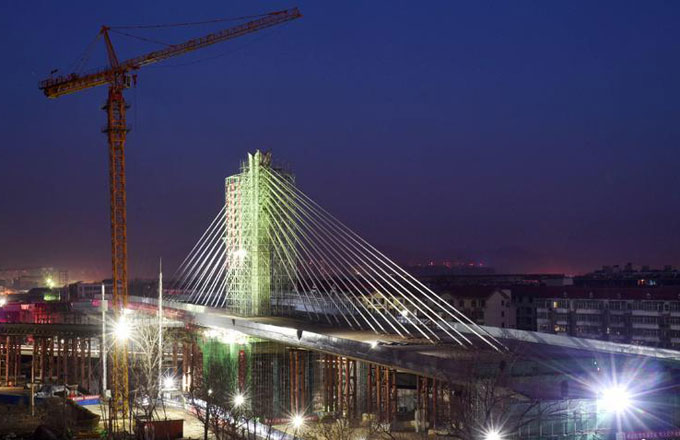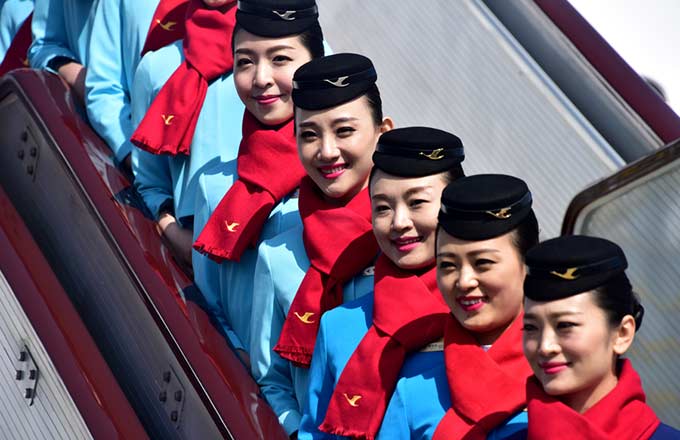White paper outlines air defense
BEIJING - China said in its latest national defense white paper published on Tuesday that it has established an air defense force integrating reconnaissance and early warning systems, resistance, counterattack and protection.
According to military experts, China's vast territory and complications concerning airspace over neighboring countries means the nation faces an increasingly serious threat to its air security. So its armed forces have an arduous task in safeguarding Chinese airspace.
Hou Xiaohe, an associate professor from the National Defense University, the top military academy in China, said conflicts after the Cold War period have showed that air strike and anti-air strike measures have become an important form of operations amid the rapid development of high-tech offensive air power.
Therefore, after over six decades of development, the People's Liberation Army Air Force (PLAAF) is emphasizing both offensive and defensive capabilities, rather than only defending homeland air territory.
As the white paper notes, the PLAAF is the mainstay of national territorial air defense. In peacetime, the chain of command of China's air defense runs from the PLAAF headquarters through the air commands of the military area commands to air defense units.
The PLAAF exercises unified command over all air defense components in accordance with the Central Military Commission's intent. The country's air defense system is composed of six sub-systems of reconnaissance and surveillance, command and control, aerial defense, ground air defense, integrated support and civil air defense.
Hou said the six sub-systems form an organic entity with reconnaissance and early warning, resistance, counterattack and protection. The reconnaissance and early-warning sub-system is tasked with finding, identifying and tracking the enemy's air raid weapons, and sending accurate, timely information about air targets to the command and control sub-system.
Composed of command organs at all levels and radars under their control, computers as well as communication facilities, the command and control sub-system is responsible for collecting and processing air intelligence, mastering development of air situations, judging the nature of targets, selecting operation plans, and commanding and guiding air combat.
The aerial defense and ground air defense sub-systems are tasked with intercepting and interfering with the enemy's air raid weapons based on the operation plans and data provided by the command and control sub-system.


















